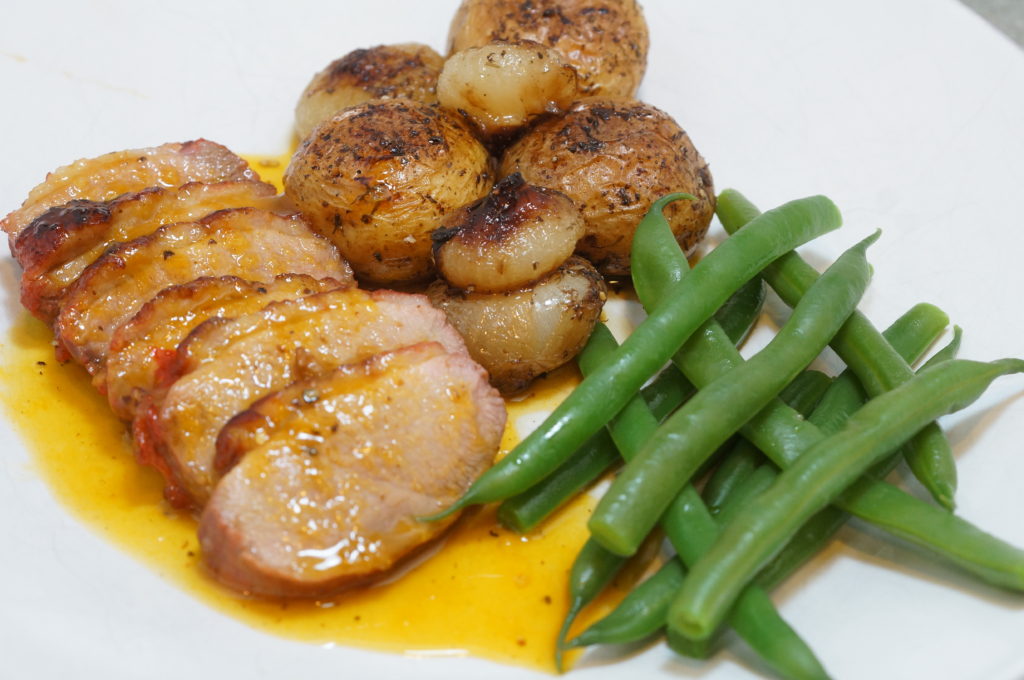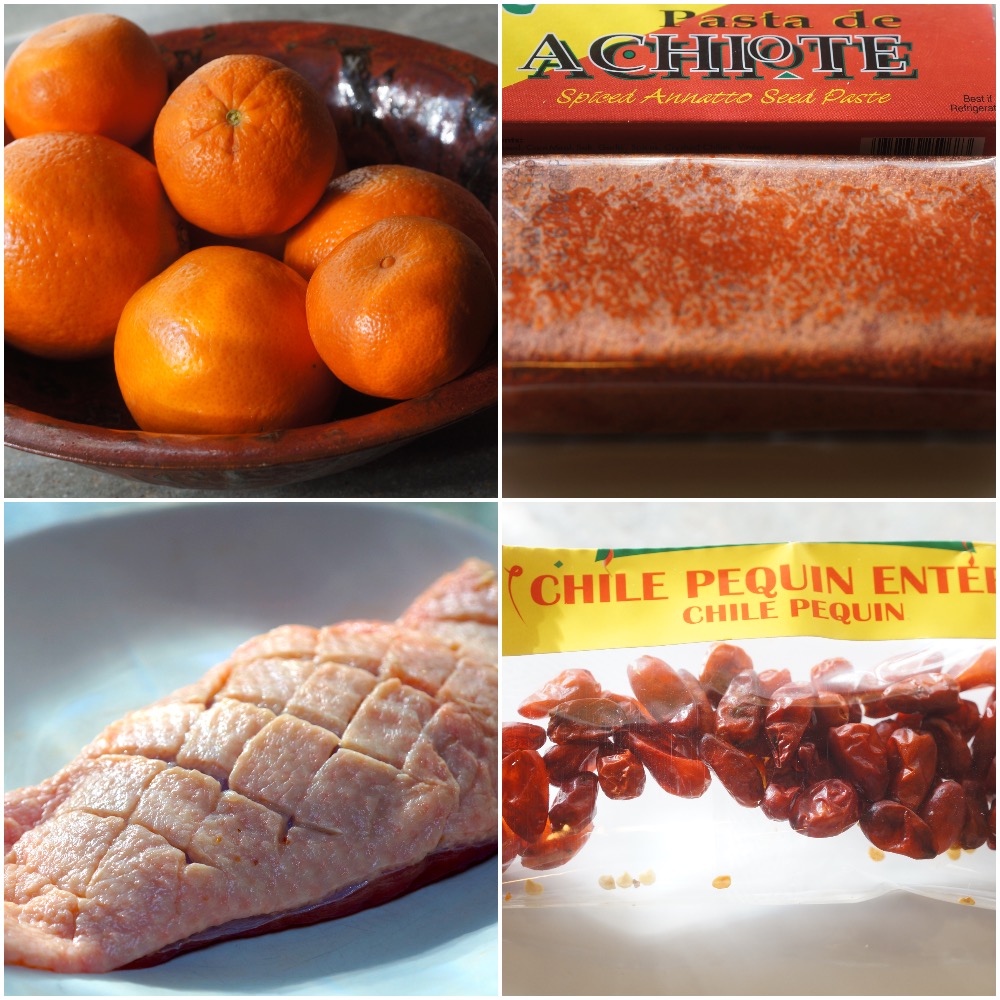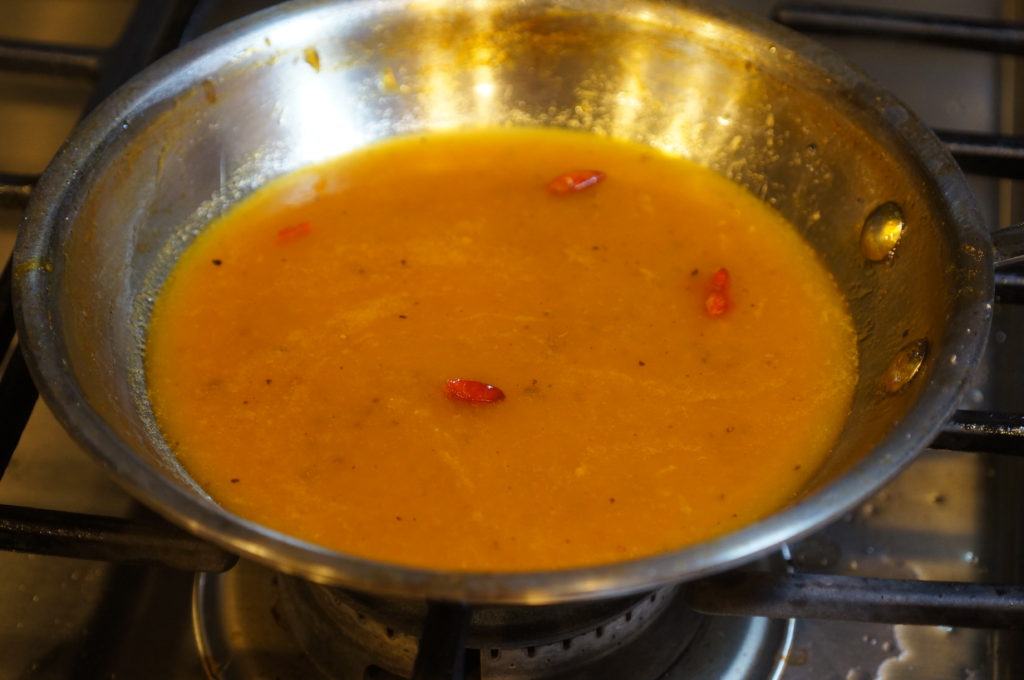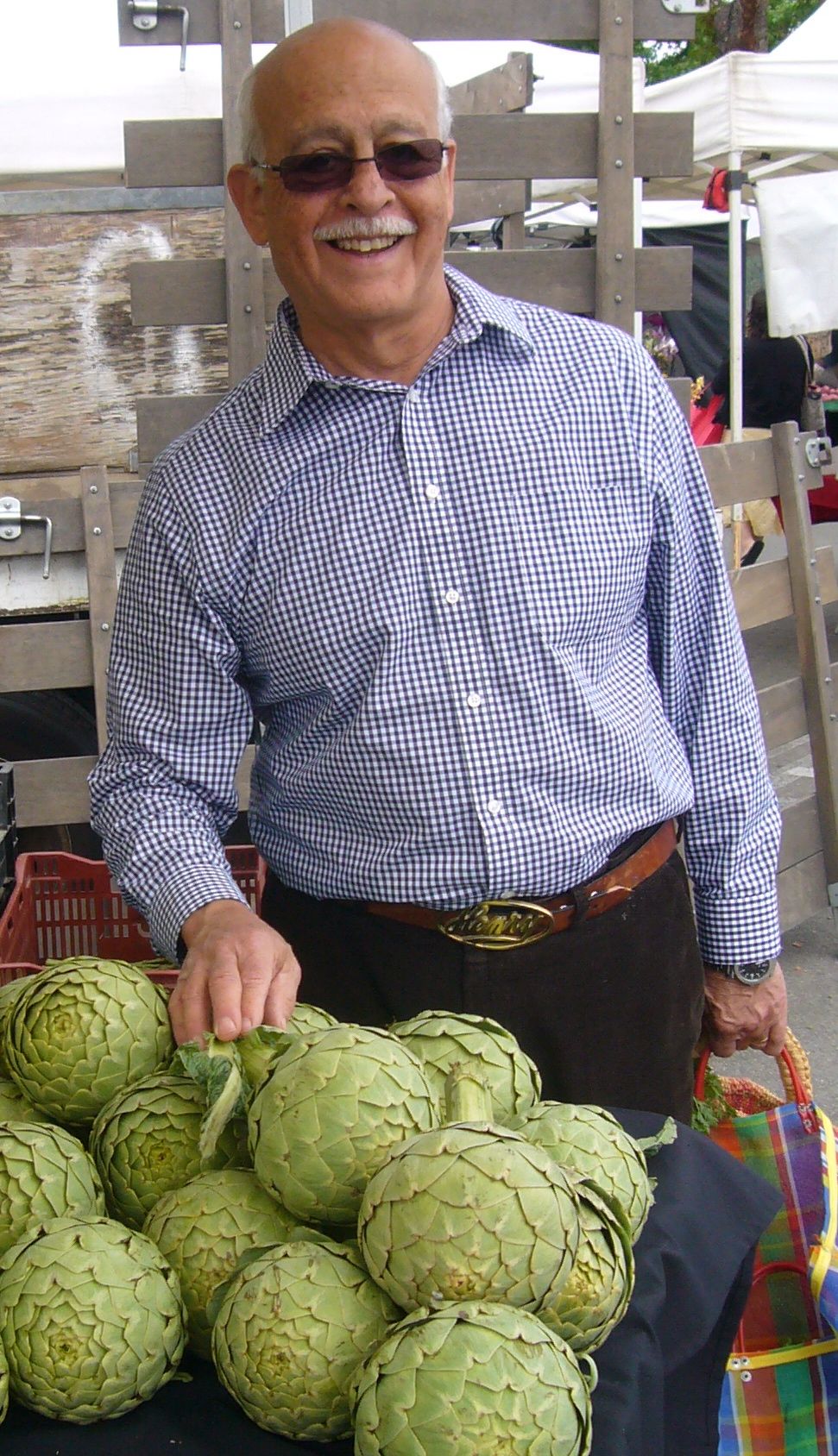Pato en Salsa de Mandarinas
Much of the story of modern Mexican food is usually told as a merging of indigenous ingredients and techniques with those brought by the Spanish in the 1500’s and the French starting around the mid 1800’s. The eventual confluence of native and European ingredients, in part, defines Mexican cuisine to this day.
The confluence of food ingredients among nations can be seen in this recipe1. Spain is the leading citrus producer in the European Union (EU). Mandarins, including satsumas, clementines and various others, account for 22 percent of Spain’s citrus production. The Spanish recipe Pato a la Mandarina is a version of France’s Magret de Canard a L’orange . Mexico’s Pato en Salsa de Mandarinas incorporates achiote2 and chile pequín. Call it what you want, intersect Mexican, Spanish and French cuisine and create a delicious and elegant dinner.
So, let’s get started.
Ingredients
Duck Serves 2
1 breast of duck (2 halves)
½ oz axiote paste
½ cup mandarin juice (tangerines are a hybrid of mandarin orange)
Salt a pepper to taste
Sauce
2 tablespoons granulated sugar
4 teaspoons apple vinegar
1 cup mandarin juice
½ cup chicken broth
Chile piquín to taste (optional)
Salt and pepper to taste
Preparation
Sauce
Slowly caramelize the sugar at medium-low heat, then add the vinegar, mandarine juice and chicken broth. Reduce the sauce to half, salt, pepper to taste. Optionally add chile pequín to taste.
Using a sharp knife, score the layer of fat on the top of the breast diagonally, making cuts spaced about an inch apart. You want to cut about halfway through the fat, not all the way down to the meat. Then, score in the other direction, making a hashmark pattern in the fat. This will help the marinade get into the meat, and will also help the fat contract evenly when you sear the breast
Rub salt all over the breast. Dissolve the axiote in ½ cup of mandarine juice and place the breast and juice in a zip-lop bag. Press out as much air as you can from the bag and place it in a tupperware large enough for the breast to lay flat, and marinate for at least 8 hours or overnight.
Duck
When you’re ready to cook, heat the oven to 400°F (200°C).
Remove the breast from the marinade, and pat completely dry with paper towels. Place the duck breast fat side down onto a cold cast iron skillet or other heavy, oven-proof skillet. Turn the heat to medium low and let the fat render from the duck breast for about 5 minutes, then turn the heat up to medium and continue cooking for another 3-4 minutes or until much of the fat has rendered and the hashmarks on the fat side of the duck breast have contracted into a crispy brown diamond pattern. Drain the fat from the pan and reserve for another use. Flip the breast and place it, skillet and all, into the oven for about 5 minutes, until medium-rare (about 130°F on a digital thermometer).
Remove the breast to a cutting board and let it rest for 8-10 minutes. Slice thinly and serve with sauce.
It’s an impressive date-night dish, something that is French but so very easy. I serve it with roasted veggies and sometimes mashed potatoes.
Notes
- This recipe was provided by Jose Macias Gamborino who Joe lives in Puerto Morales, Quinta Roo. He and his daughter Yoli are are super creative chefs who who serve beautiful food in their home and now B&B.
- Axiote (Achoite) is made from ground annatto seeds, this bright orange-red spice has a peppery aroma and a subtle flavor that’s been described as nutty, sweet, and earthy.







Connect with Me